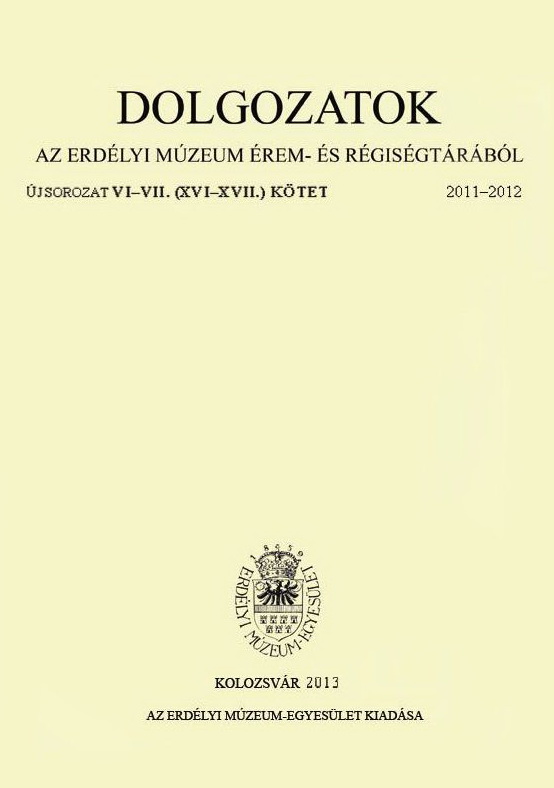Roska Márton és az erdélyi régészet (tegnap és ma)
Márton Roska and the Transylvanian Archaeology: Yesterday and Today
Critical Notes to the Armenian-Hungarian Scientist’s Studies on the Early Middle Ages
Author(s): Erwin GállSubject(s): Archaeology
Published by: Erdélyi Múzeum-Egyesület
Keywords: Roska Márton; Early-Middle Ages; research history; Transylvania; ethnic groups; germani; avars
Summary/Abstract: The critical analysis which can be found in Roska’s works and which I find to contain his most important observations is the criticism of our archaeology, as hardly any progress has been made since Roska died. When analysing Roska’s works, it is important to note that they showed progress keeping up with the his excavations and other excavations relating to that era. His observations show a definite progress from the rigid historical description (as in the second part of the article analysing the cemetery in Várfalva) towards the archaeological observations and analyses. According to his field research and his excavations and in close connection with them, we have divided his archaeological studies and analyses into three periods based on their characteristics: 1911–1914 monographies, the period of historicization; 1927–1936 the period of syntheses; 1940–1944 the research of some elements of the material culture in several aspects. Through the above analysis of Roska’s work, we tried to catch a glimpse into some of the major problems of early medieval archaeology and the stage of the research of this problem. Based on the analysis above, we do not find it tragic that 70 or 100 years ago Márton Roska drew rigid ethnic frames or that he did not mention the Avar-Gepid or Avar-Slav relations at all. What we find tragic is the fact that this tendency has hardly changed in the archaeology in Romania until 2011: as I have just mentioned, ethnic frames are thought and described to be rigid, stable biological reality and not a fluid, liquid social phenomenon and all this huge backwardness in theoretical research is coupled by some with the forced topos of autochton-Christian-settled, proto-Romanian and Romanian populations.
Journal: Dolgozatok az Erdélyi Múzeum Érem- és Régiségtárából. Új sorozat
- Issue Year: 2012
- Issue No: VI-VII
- Page Range: 27-57
- Page Count: 31
- Language: Hungarian

